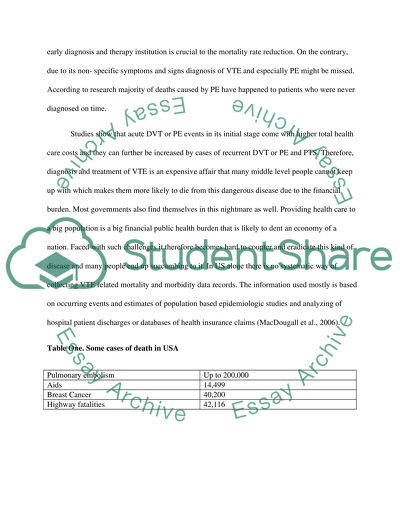Cite this document
(“Venous Thromboembolism From Public Health Prospective Essay”, n.d.)
Retrieved from https://studentshare.org/health-sciences-medicine/1404005-venous-thromboembolism-from-public-health
Retrieved from https://studentshare.org/health-sciences-medicine/1404005-venous-thromboembolism-from-public-health
(Venous Thromboembolism From Public Health Prospective Essay)
https://studentshare.org/health-sciences-medicine/1404005-venous-thromboembolism-from-public-health.
https://studentshare.org/health-sciences-medicine/1404005-venous-thromboembolism-from-public-health.
“Venous Thromboembolism From Public Health Prospective Essay”, n.d. https://studentshare.org/health-sciences-medicine/1404005-venous-thromboembolism-from-public-health.


